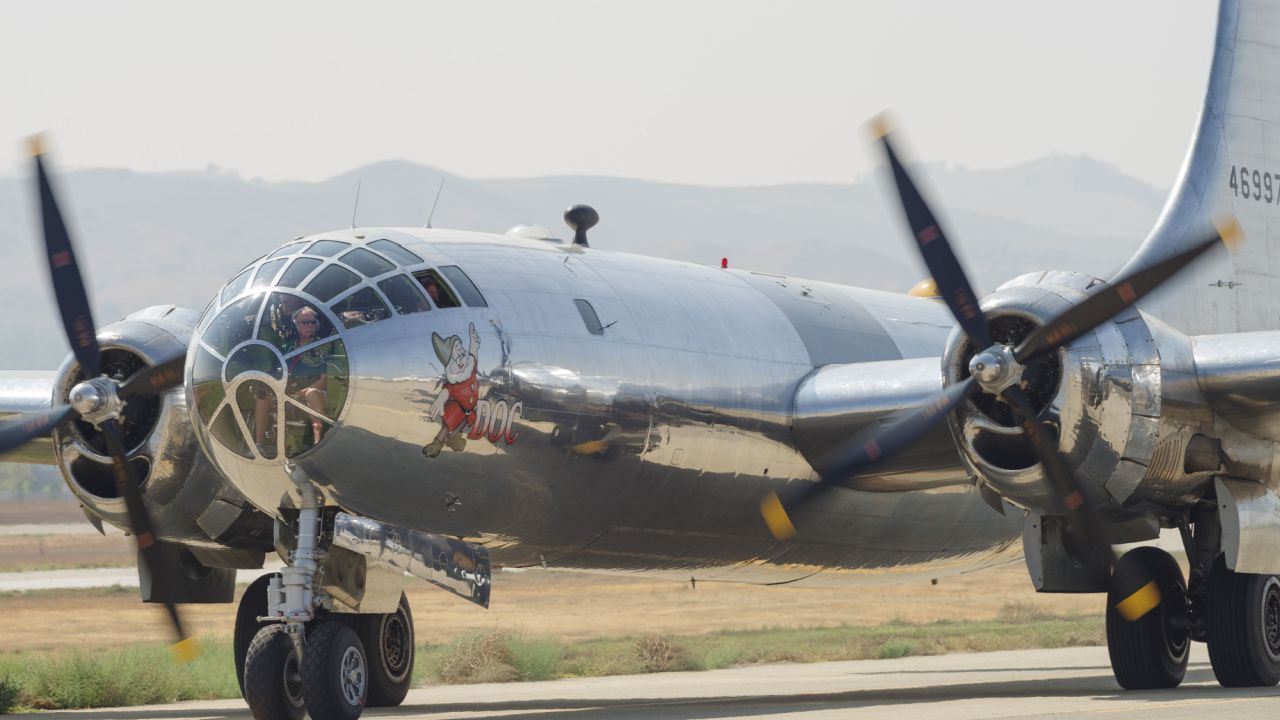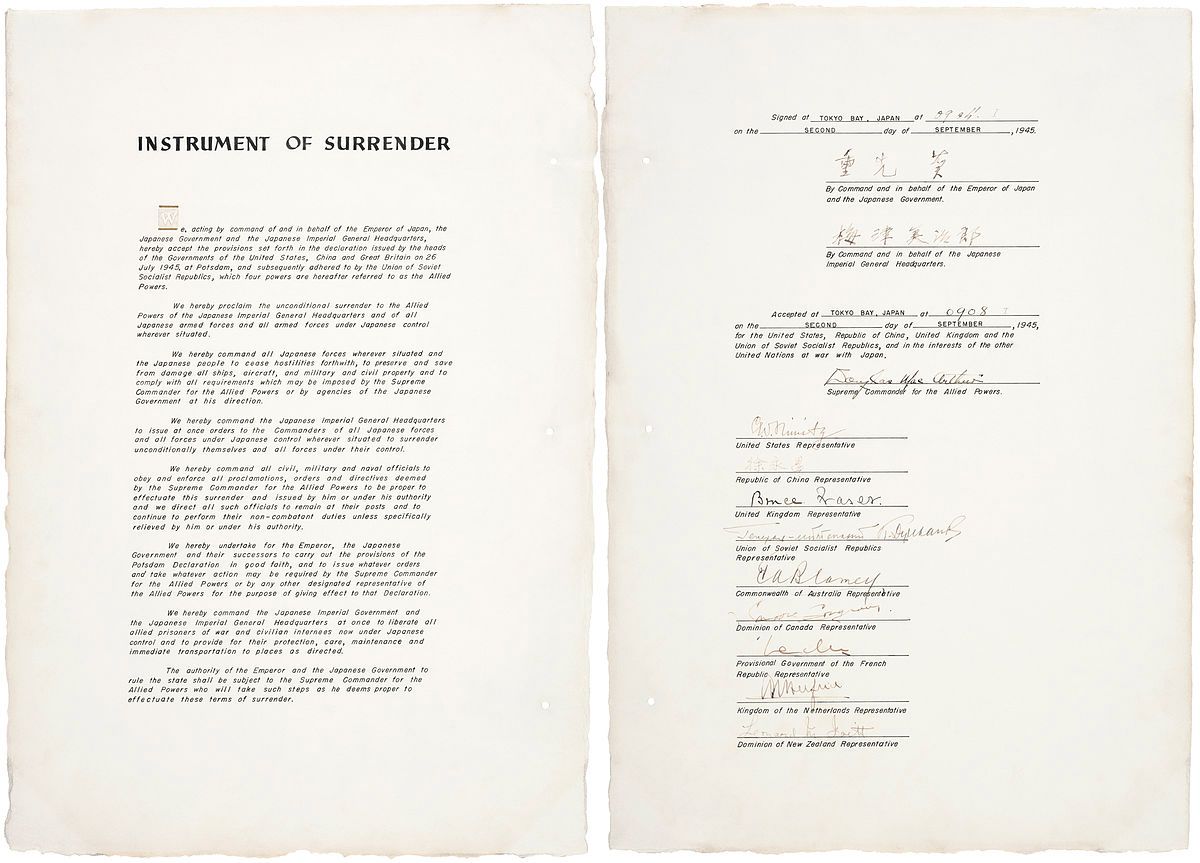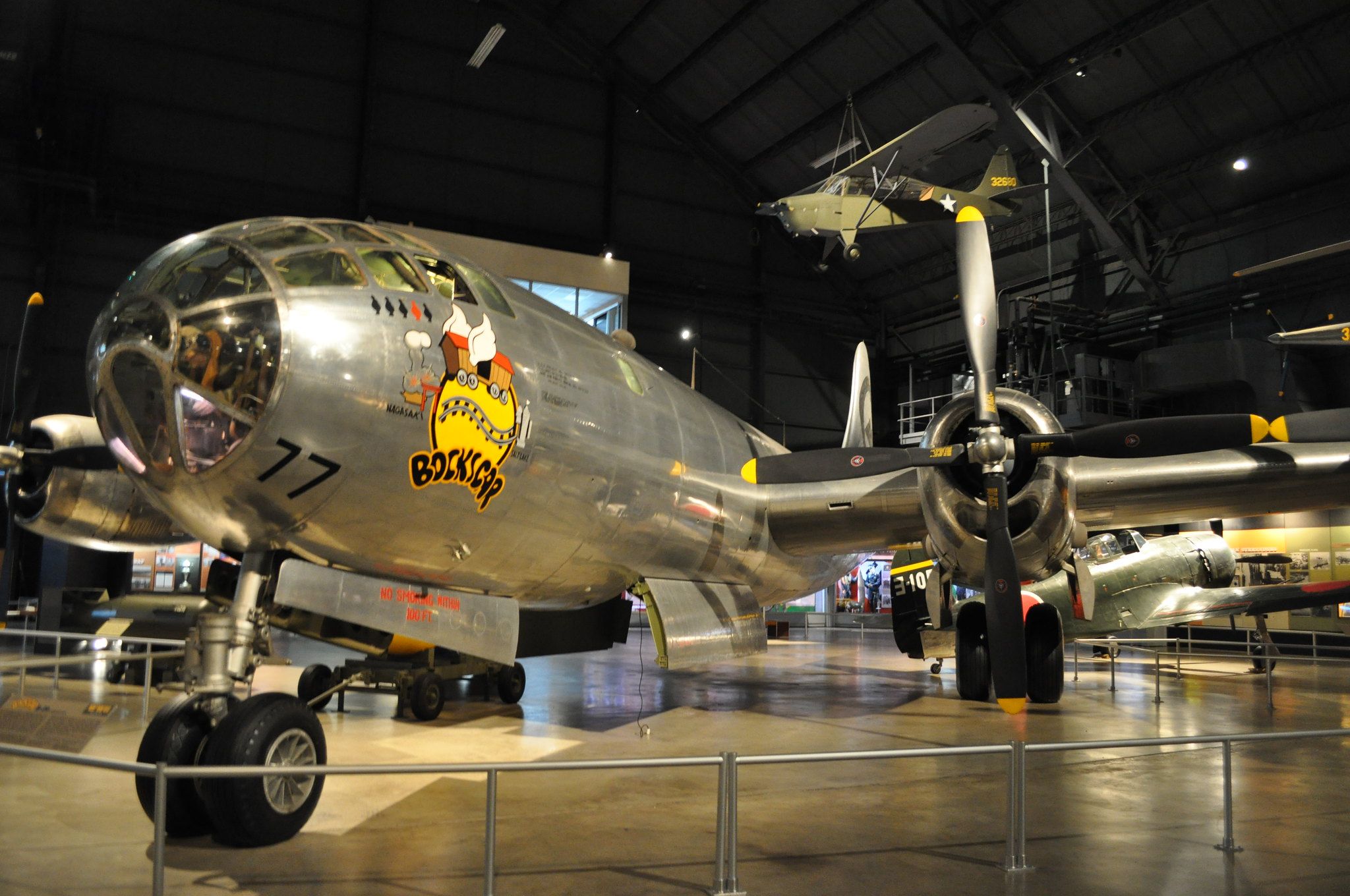Summary
- B-29 Superfortresses used for Pacific firebombing, leading to Japan’s surrender after atomic bombings.
- Truman considered order to drop another atomic bomb on Tokyo due to uncertainty of Japan’s surrender.
- Culmination of WWII’s most expensive projects – B-29s and atomic bombs from the Manhattan Project.
By the time the B-29 Superfortress came into service in May 1944, the outcome of the war was arguably already set. Instead of being used to bomb a rapidly collapsing Germany, they were deployed to the Pacific. There, they firebombed Tokyo, razing city after city to the ground, before pushing Japan to surrender after dropping the atomic bombs on Nagasaki and Hiroshima. Today, it’s been 80 years since the official end of World War II, with the War in the Pacific coming to an end on September 2, 1945 (although the Japanese Emperor had announced the surrender a couple of weeks prior on August 14).
The B-29 Superfortress coup de grâce
On August 6, 1945, the Boeing B-29 Superfortress Enola Gay dropped “Little Boy” on Hiroshima. As the Allies had not received a Japanese surrender after the first bomb, the Boeing B-29 Bockscar dropped “Fat Man” on the city of Nagasaki, destroying around 44% of the city. Before the nuclear bomb attacks, Before the atomic bombs, Japan was already considering surrendering, and these bombs were the last straw (the Soviets also attacked Japanese-occupied China around this time, but the decision to surrender had already been made).
On August 12 (after the bombing of Nagasaki), President Truman issued instructions that no further atomic bombs could be dropped on Japan without his presidential orders as the administration waited to hear if Japan would capitulate. Truman hoped to avoid dropping another bomb on Japan. Still, without receiving word of its surrender and after hearing a third bomb was ready, he remarked to the British ambassador that he had no alternative but to drop a third atomic bomb on Tokyo.
Conventional B-29 bombings continued during this time, and on 14-15 August, 825 B-29s participated in the largest and longest bombing raid of the Pacific Theater. But this was the last major bombing mission of the B-29 as also, on the 14th, Japan announced its intention to accept the terms of unconditional surrender.
The most expensive WWII project
The final bombing of Japan witnessed the culmination of the war’s two most expensive projects. The American B-29 project cost $3 billion – a fantastic sum for the time while the atomic bombs they carried were the fruit of the war’s second most expensive project – the Manhattan Project at $1.9 billion.
An estimated 3,970 B-29s were built. Two remain flying today (tourist flights can be booked on them). Many are on display in exhibits around the world, and one is lurking at the bottom of Lake Mead near Las Vegas. The B-29s were retired by the US Air Force in 1960 and now stand as a testament to 20th-century American innovation, its overwhelming war effort, and the technological edge it has managed to retain until today.



